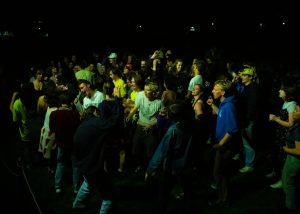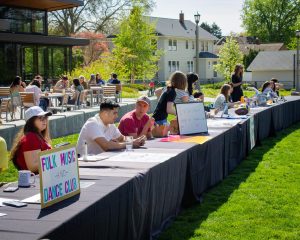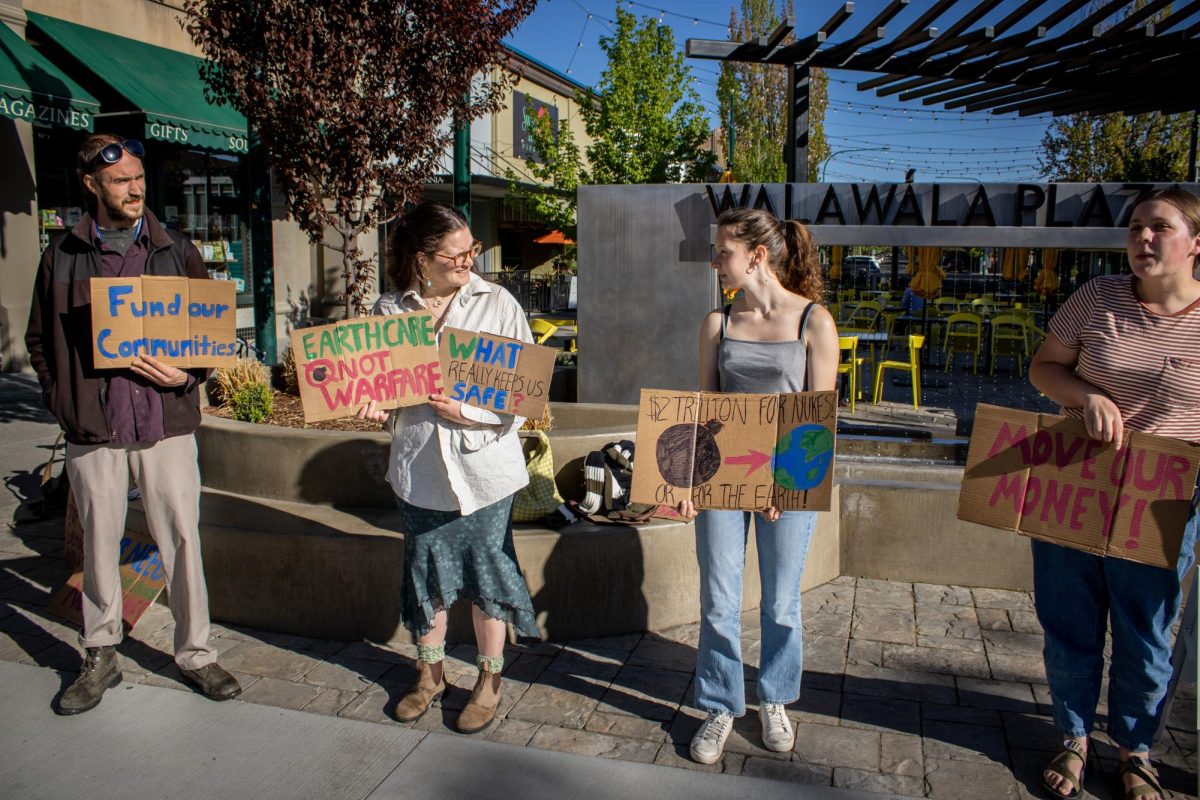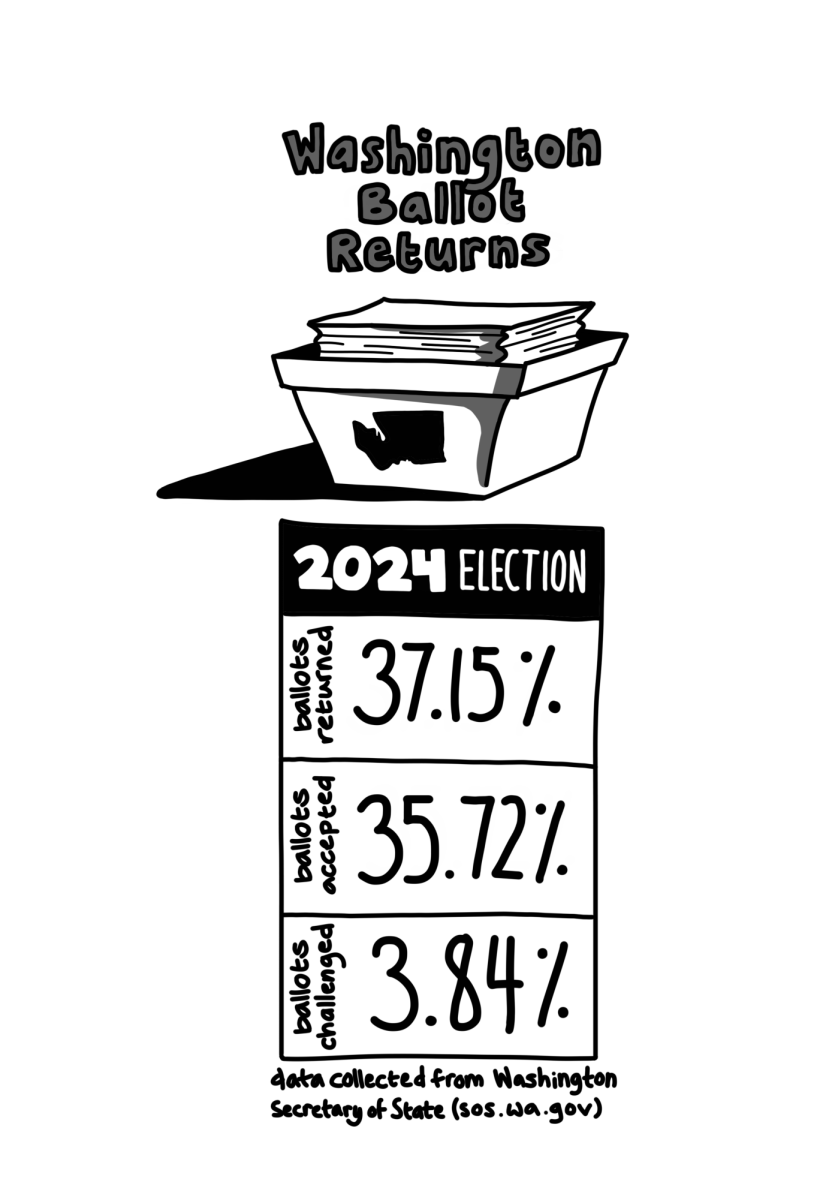“I am the ray of light that trickles through the trees,” read one advertisement for the Whitman Identity Project. The project asks members of the Whitman community to respond to the question “What are you?” and then pairs their response with a photo. The completed project will be put up in the Stevens Gallery in Reid on Nov. 13.
The Whitman Identity Project was inspired by Kip Fulbeck’s Hapa Project. Becky Avila and Souk Thongdymanyvong, the two students spearheading the project, heard Fulbeck speak in a conference on race and ethnicity this past summer. The Whitman Identity Project is raising money to bring Fulbeck to speak on campus Nov. 29. 
Fulbeck used the same format as the Whitman Identity Project, but his Hapa Project focused on race and particularly people of mixed race. The word “Hapa,” was originally a derogatory term for someone of mixed heritage, derived from the Hawaiian word for “half.”
As someone of mixed race, “[Fulbeck] just got annoyed with people asking him, ‘What are you?’ all the time,” said Thongdymanyvong. “He did this project to take back the word [Hapa] and have people feel more comfortable about being of mixed cultures.”
Avila said that she doesn’t want the Whitman Identity Project to be limited by race. “Whitman kind of does that [equates diversity with race], and we just didn’t want to make that connection anymore,” said Avila. She also expressed fear that focusing on race might “turn off certain people.”
The project reflects collaboration between the Asian Cultural Association (ACA) and the International Students and Friends Club (ISFC), “which is really cool because it’s the first time that the clubs have come together to collaborate on a piece,” Avila said.
First-year Esther Weathers, who is a member of both clubs and has helped table for the project, agreed with Avila’s opinions about race. According to Weathers, not focusing on race is good because “some people really don’t know what they are racially. [The project] lets people express themselves differently, [with] whatever they feel comfortable expressing themselves with.”
“I’ve only gotten positive reactions [to the project],” said Avila. “I think people are really excited about the fact that it’s not pertaining to race.”
Thongdymanyvong agreed, saying that not focusing on race “gives people an equal voice.”
But Neda Ansaari, who is a member of ISFC and has helped with the project, explained that it is hard for people to answer the question. ACA member Elle de la Cruz agreed: “It’s hard to sit down and just say, ‘Oh, I know who I am.'”
Thongdymanyvong has experienced a small number of negative responses to the project. She talked about how some people regard the question “What are you?” very cynically. “It was kind of disappointing that people would…have that kind of attitude towards it, because we really want this to be an inclusive project for the Whitman community to participate in,” said Thongdymanyvong.
Fulbeck photographed over 1,200 people from all walks of life for the Hapa Project, but due to space constraints in the Stevens Gallery, Avila and Thongdymanyvong hope to photograph between 100 and 150 people.
Avila and Thongdymanyvong are hoping to have professors and administrators participate in the project. They said that the majority of participants have been first-year students but that a number of professors have expressed interest in the project.
De la Cruz talked about what answering the question “What are you?” meant to her. “I started actually thinking about the different categories that people put themselves into, but those categories are so limited, so they don’t really necessarily address who you are,” said de la Cruz. “I thought this project was cool because it allowed people to explore a different side of themselves.”
For Weathers, the project was about expressing aspects of her heritage that one cannot see from her appearance. She said that although she appears predominantly white, she is also Korean and an “island girl” from Guam. “What you see isn’t what you just get,” said Weathers. “All this stuff is just written on my heart.”
“The responses that we’re getting are so beautiful. It makes me be like ‘Wow, these are the people that I go to school with, and now I really feel like I’m getting like a piece of their soul,'” said Avila.







